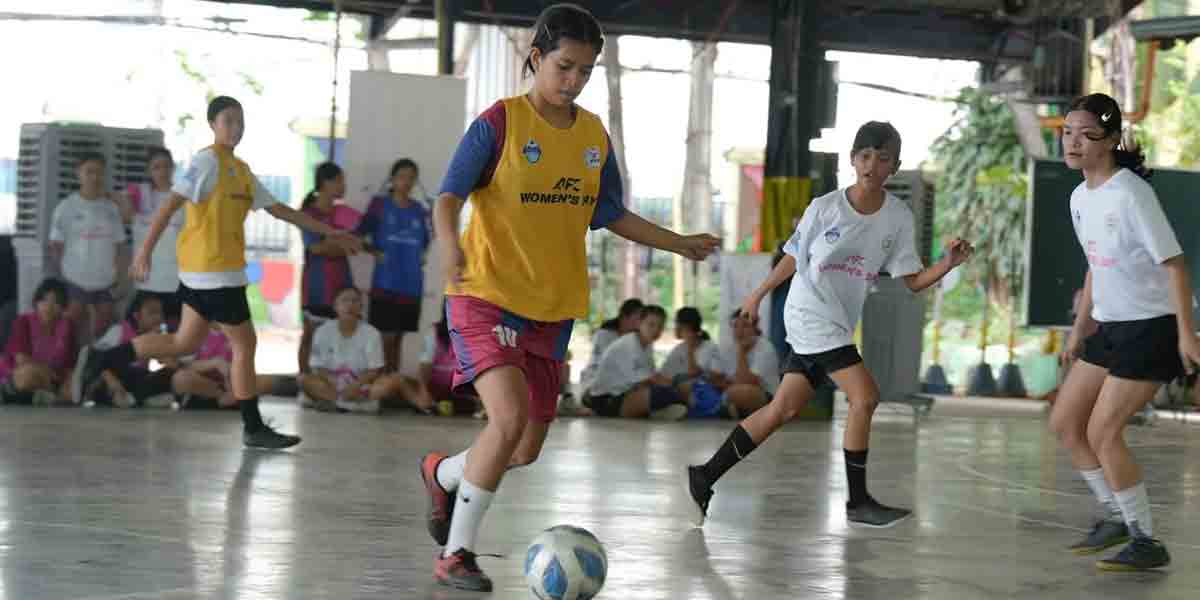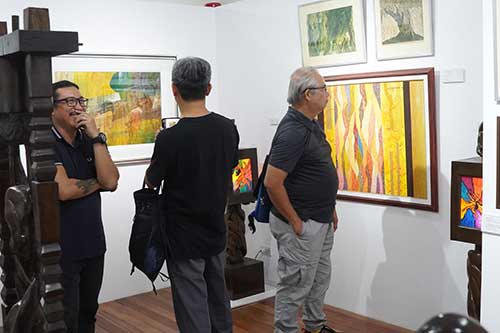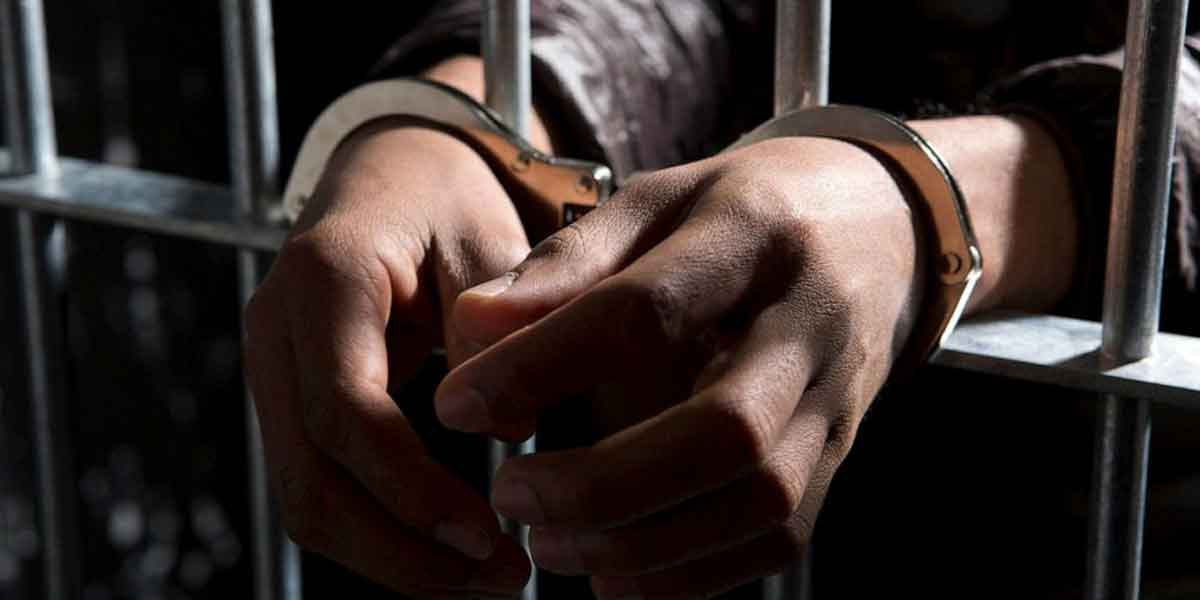The University of the Philippines Visayas (UPV) Museum of Art and Cultural Heritage (MACH) recently unveiled four new exhibits, highlighting the diversity and richness of Philippine culture and history.
The exhibits opened on August 29, 2024, with prominent figures such as UPV Chancellor Clement Camposano and Central Philippine University (CPU) President Ernest Dagohoy in attendance.
The museum’s director, Martin Genodepa, curated all four exhibits, which reflect different aspects of Filipino creativity and heritage. One of the exhibits, Kinamot: Writing Culture in Lantip Changing Exhibition Gallery 1, focuses on the fading art of handwriting.
The show features various handwritten materials, ranging from artwork and personal letters to esoteric manuscripts written in Persian, Uchen (Tibetan), and Ge’ez (ancient Ethiopian), which were donated by Eloisa and Reginald Zell.
In Hanas Changing Exhibition Gallery 2, the exhibit Hiyas celebrates the works of National Artist Jose Joya. The collection showcases Joya’s drawings, inspired by his travels around the Philippines, as well as photographs documenting his connection to Iloilo City.
These images provide insight into the artist’s bond with local creatives and his lasting legacy in the region’s art scene.
The Nelfa A. Querubin Gallery showcases the artist’s distinctive ceramic pieces in an exhibit titled Pulos Function and Form. The collection includes both functional and sculptural ceramics, with several pieces on loan from CPU.
Another highlight of the exhibition is Latid in the Ed Defensor Gallery, which traces the evolution of Ed Defensor’s artistic career. The display features seldom-seen works from private collections, offering a rare glimpse into Defensor’s creative development.
UPV OICA Director Martin Genodepa expressed his excitement for the exhibitions, saying, “These exhibits offer a broad spectrum of artistic expression and cultural significance, making them vital to understanding and preserving our heritage.”
The four exhibitions add to the museum’s growing reputation as a hub for artistic and cultural dialogue in the region. The exhibits are now open for public viewing at the UPV MACH, offering visitors a unique journey through Filipino art and culture. (UPV OICA)































